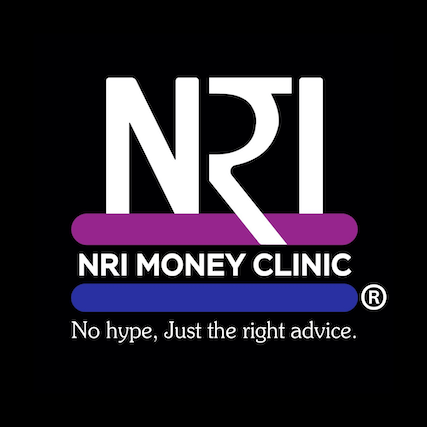Some crises crash in suddenly. A midlife financial crisis doesn’t. It creeps in—quietly—through tiny choices that compound over years. The good news? Most of it is preventable. The better news? If you’ve already stepped on a few landmines, you can still course-correct.
This guide breaks down 8 common traps and exactly how to dodge them, so your 40s, 50s, and retirement feel calm, funded, and firmly under control.
1) The “Early Dream Home” Debt Trap
The mistake: Buying a large property too early—when income is modest and expenses are high—creates a heavy EMI + high down-payment burden. That squeezes cash flow, sparks card debt, and strains relationships.
Do this instead:
Delay the big purchase until income and savings have scaled.
Rent smart while you build a strong emergency fund and investments.
Treat homebuying as a timing game, not a peer-pressure race.
2) Too-Tight Kid Gap, Too-Tight Finances
The mistake: Having two children too close in age compresses school fees, coaching, activities, and holiday costs into the same years—exploding your budget.
Do this instead:
If you plan two kids, space the timeline so big expenses don’t collide.
Build a clear education budget (needs vs nice-to-haves).
Remember: saying “not now” is often the most loving financial decision.
3) Credit Cards as a Lifestyle, Not a Tool
The mistake: Multiple cards, frequent EMIs on dinners, gadgets, and vacations. Result: the costliest debt you’ll carry.
Do this instead:
Keep 1–2 primary cards. Pay in full every month.
Never EMI discretionary spends.
If you can’t clear it now, you probably shouldn’t buy it now.
4) “0% Loan” Illusions and Other Loan Lures
The mistake: Falling for “flat 6%” or “0% interest” marketing. Flat rates ≠ true cost; fees + structures make real rates much higher. In some markets, prepaying doesn’t save interest—you pay it anyway.
Do this instead:
Assume every loan has a price (because it does).
Learn the difference between flat vs reducing rates; avoid long tenures.
Say no to “borrow here, invest there” schemes. That’s not arbitrage; that’s risk.
5) No Emergency Fund = Borrowed Panic
The mistake: Running life on a thin buffer. One small shock (health, job, travel, visa, maternity, study break) and you’re hunting for high-interest loans.
Do this instead:
Park ~24 months of near-term needs in liquid, low-volatility options.
This is your reserve fuel—accessible, boring, and life-saving.
6) Leverage: The Double-Edged Sword Most People Grab by the Blade
The mistake: Margin, F&O, currency bets—amplify gains and losses. For most investors, leverage bites harder on the downside and fast-forwards them into crisis.
Do this instead:
Build wealth with time and discipline, not leverage.
If you must experiment, ring-fence a tiny “tuition fee” amount you can afford to lose—then stop.
7) Lifestyle Escalation That Can’t Be Un-Escalated
The mistake: Bigger house, newer car, frequent upgrades, premium everything—without a matching rise in sustainable income and savings.
Do this instead:
Separate needs from wants.
Upgrade slowly, only after your savings rate is solid and repeatable.
Ask: “If my income paused for 6 months, could I hold this lifestyle?”
8) The Cash-Burn Ratio (Your Silent Red Alert)
The mistake: Spending 70–100% (or more) of income. Over 70% post-35 is a danger zone; at 90% your retirement is at risk; at 100%+ you’re already selling assets or borrowing the future.
Do this instead:
Calculate: Cash-Burn Ratio = Monthly Spend / Monthly Income.
If it’s above 70% after age 35:
Cut wants; lock in needs.
Lift income (upskill, role change, side income).
Automate a non-negotiable savings rate.
The Pattern Behind the Traps
A midlife crisis isn’t a lightning strike—it’s a long shadow cast by early habits: rushed property, card EMIs, loan illusions, no buffer, leverage gambles, lifestyle creep, and high cash burn. Reverse the pattern and the crisis dissolves.
Your 3-step safeguard:
Cash cushion first (emergency fund).
Save + invest on autopilot (before lifestyle upgrades).
Borrow rarely, purposefully, and short (if at all).
Choose boring money habits now—so your life can be exciting later, for the right reasons.


